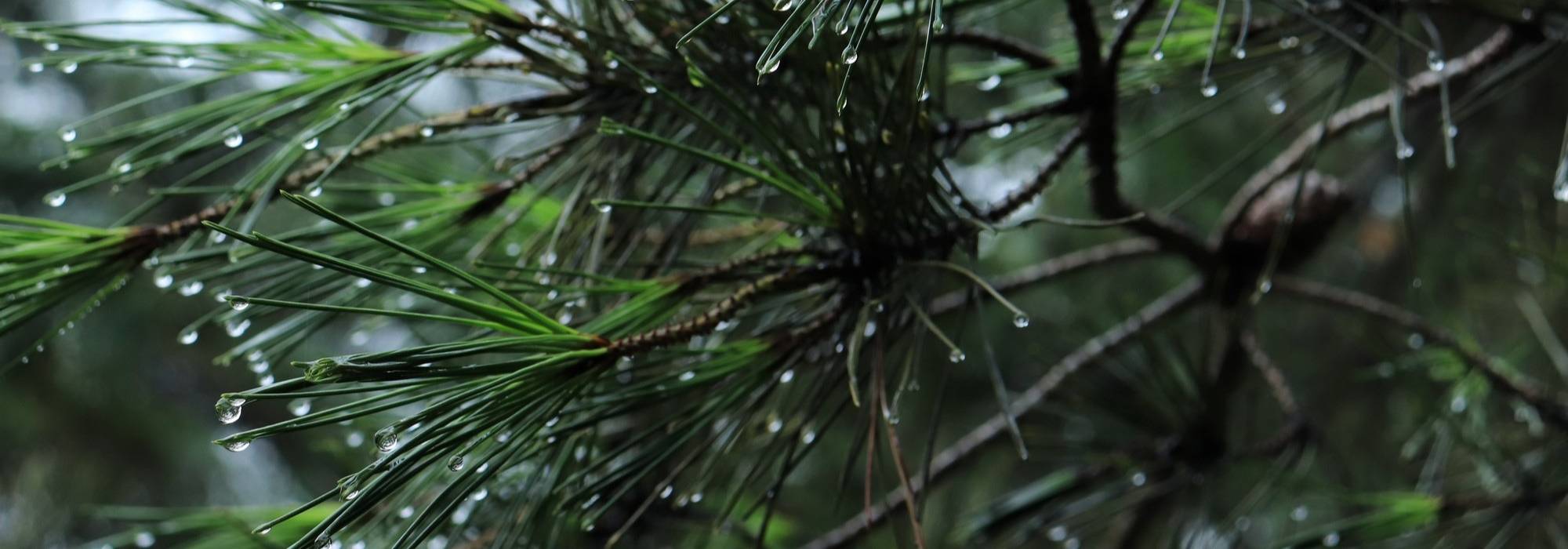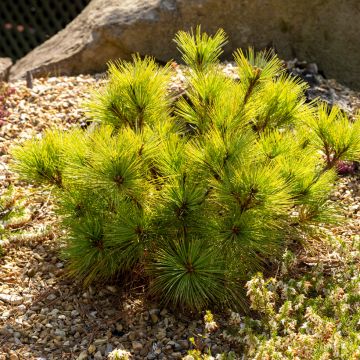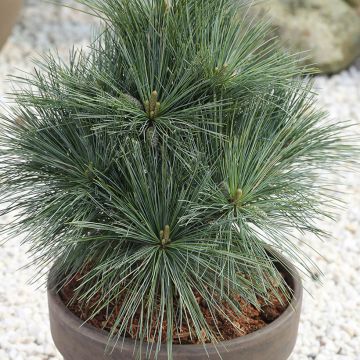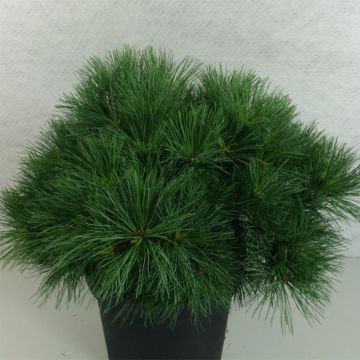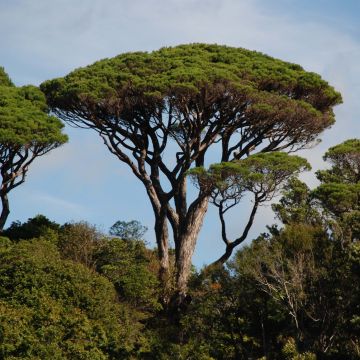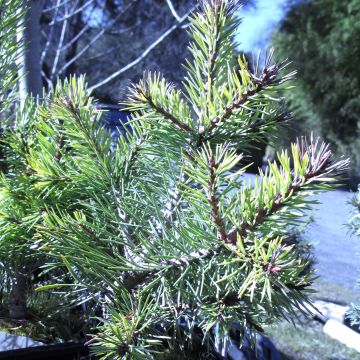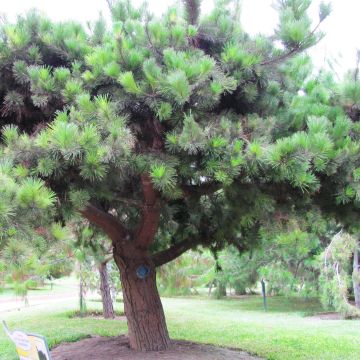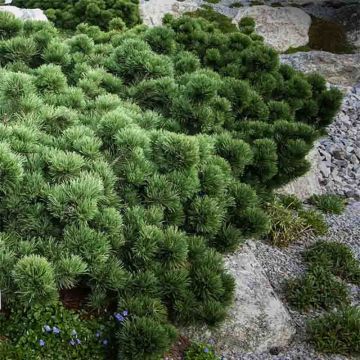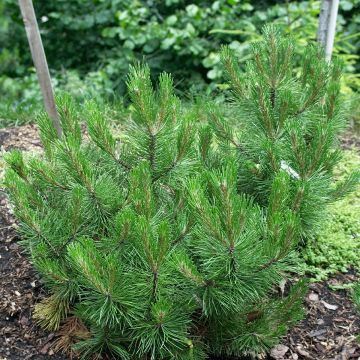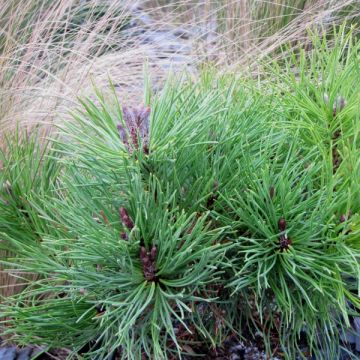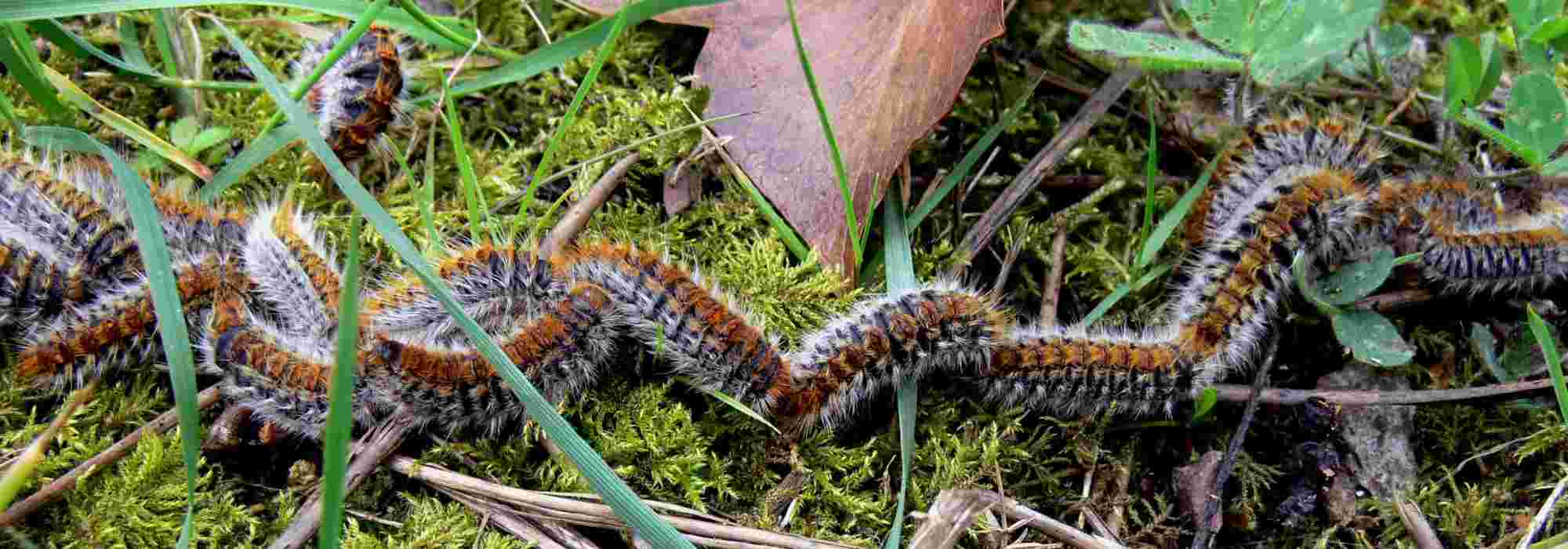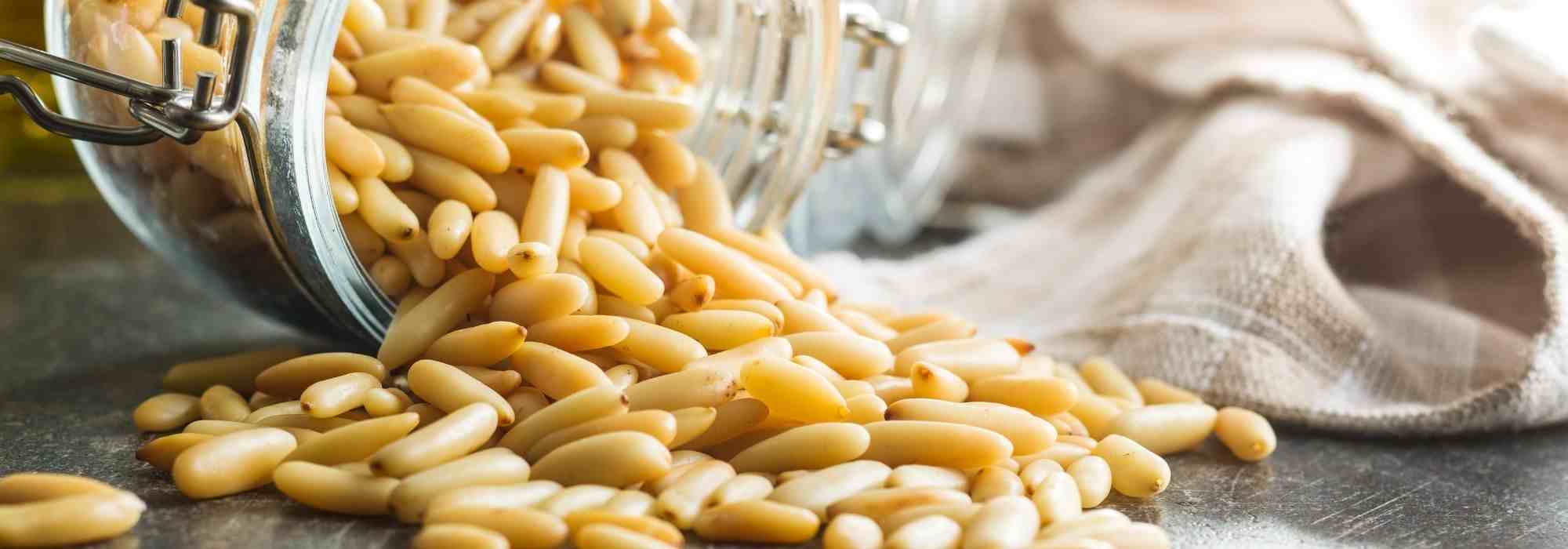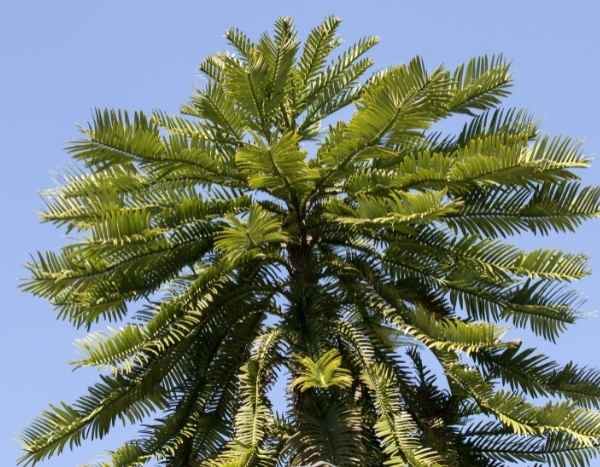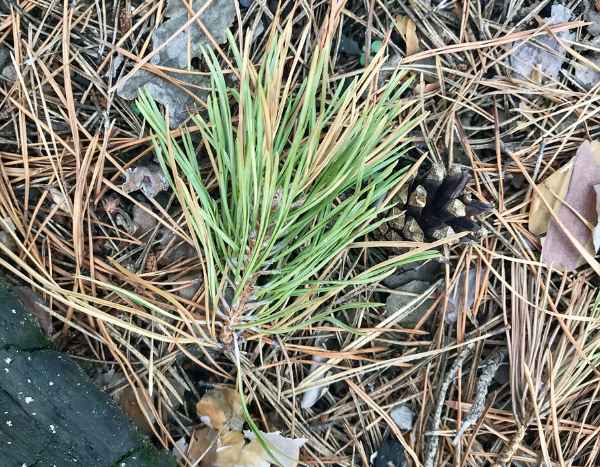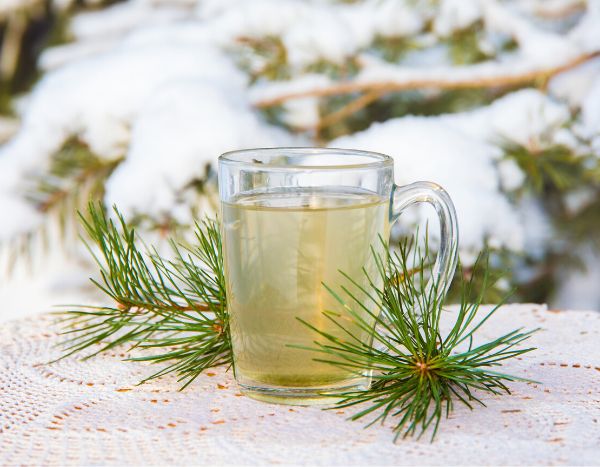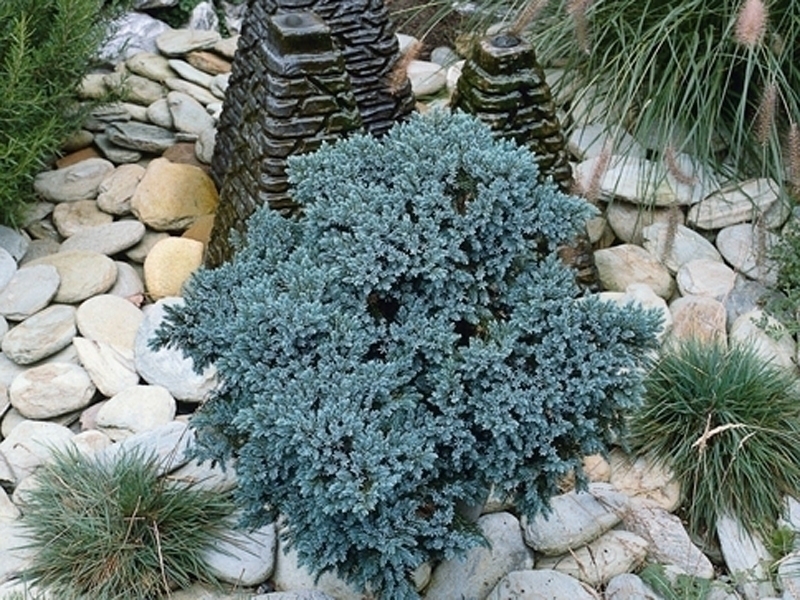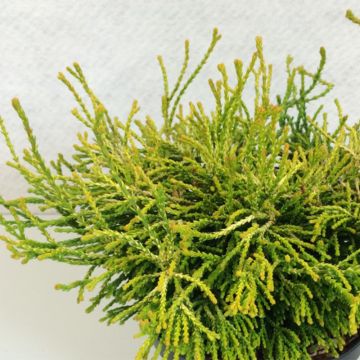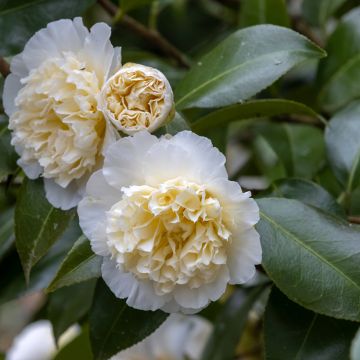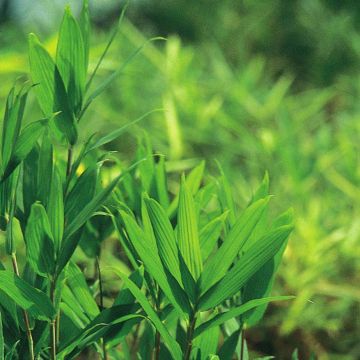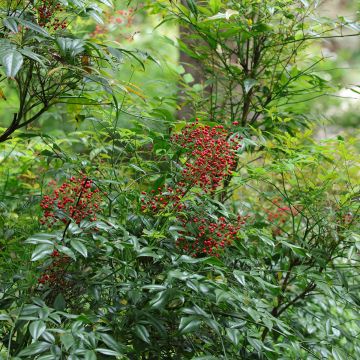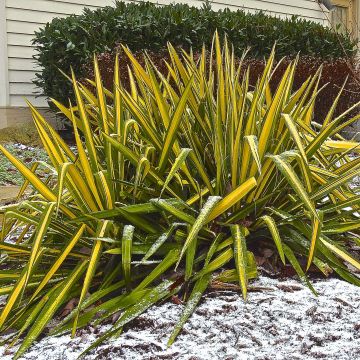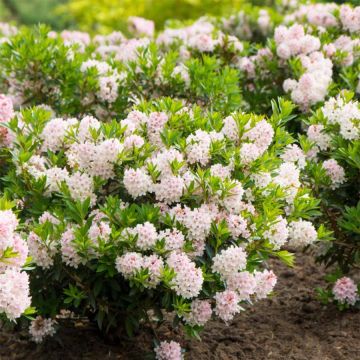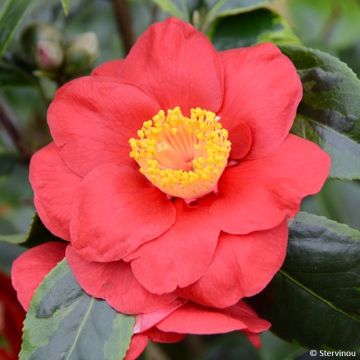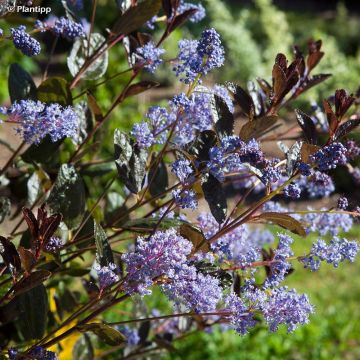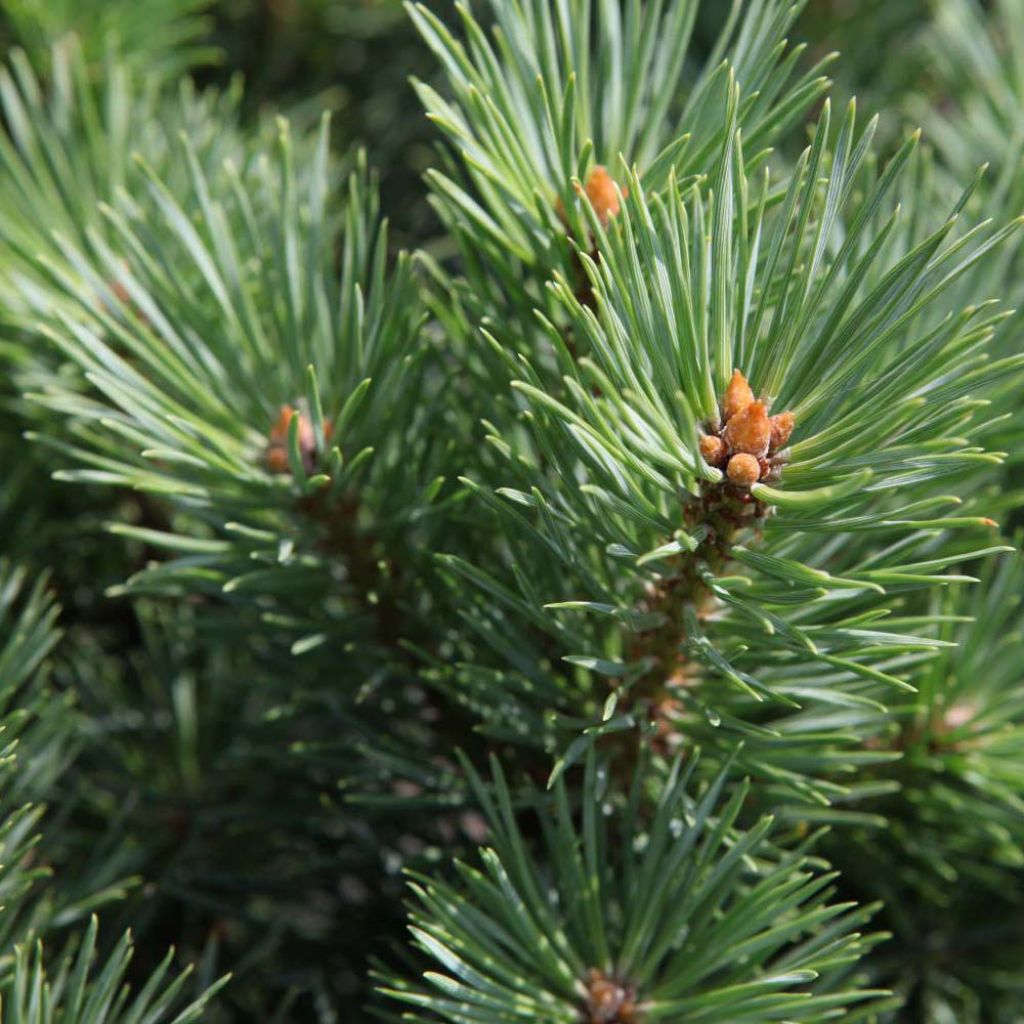

Pinus sylvestris Watereri - Scots Pine
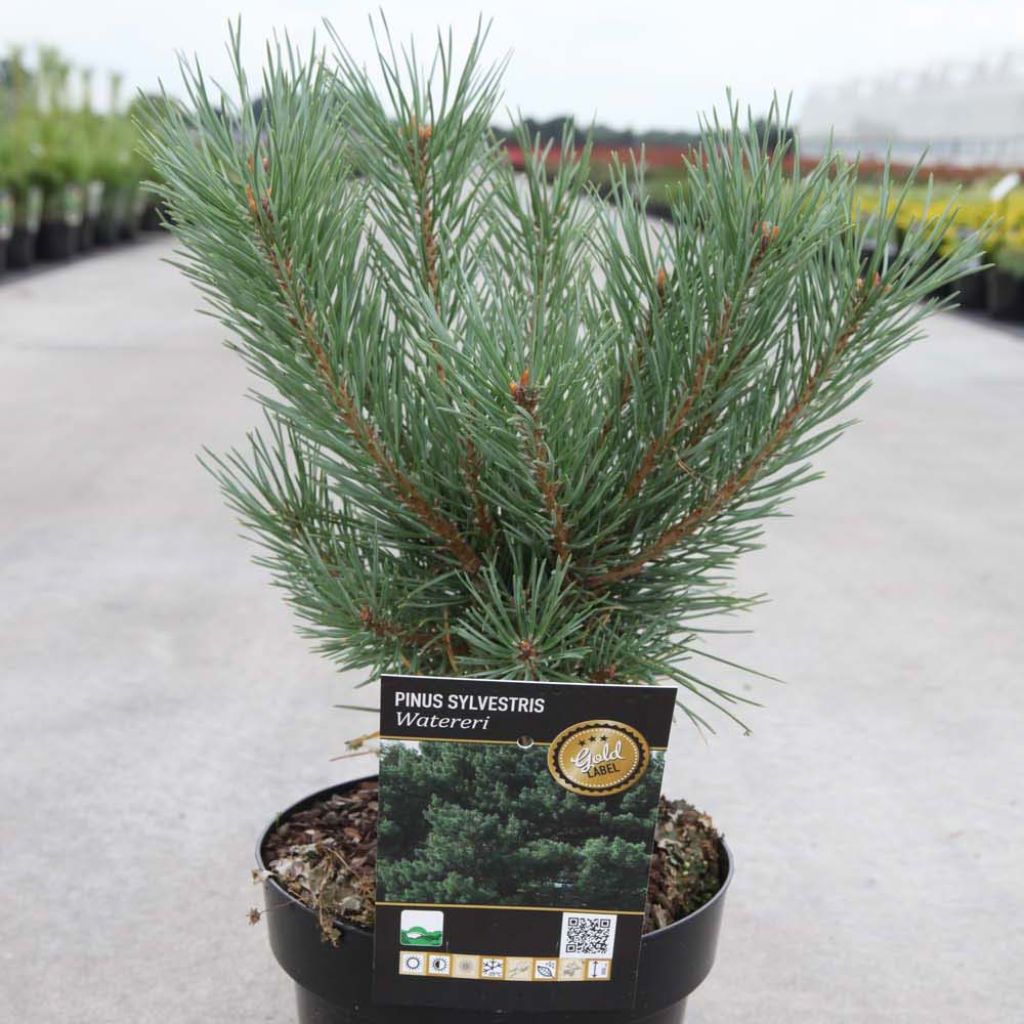

Pinus sylvestris Watereri - Scots Pine
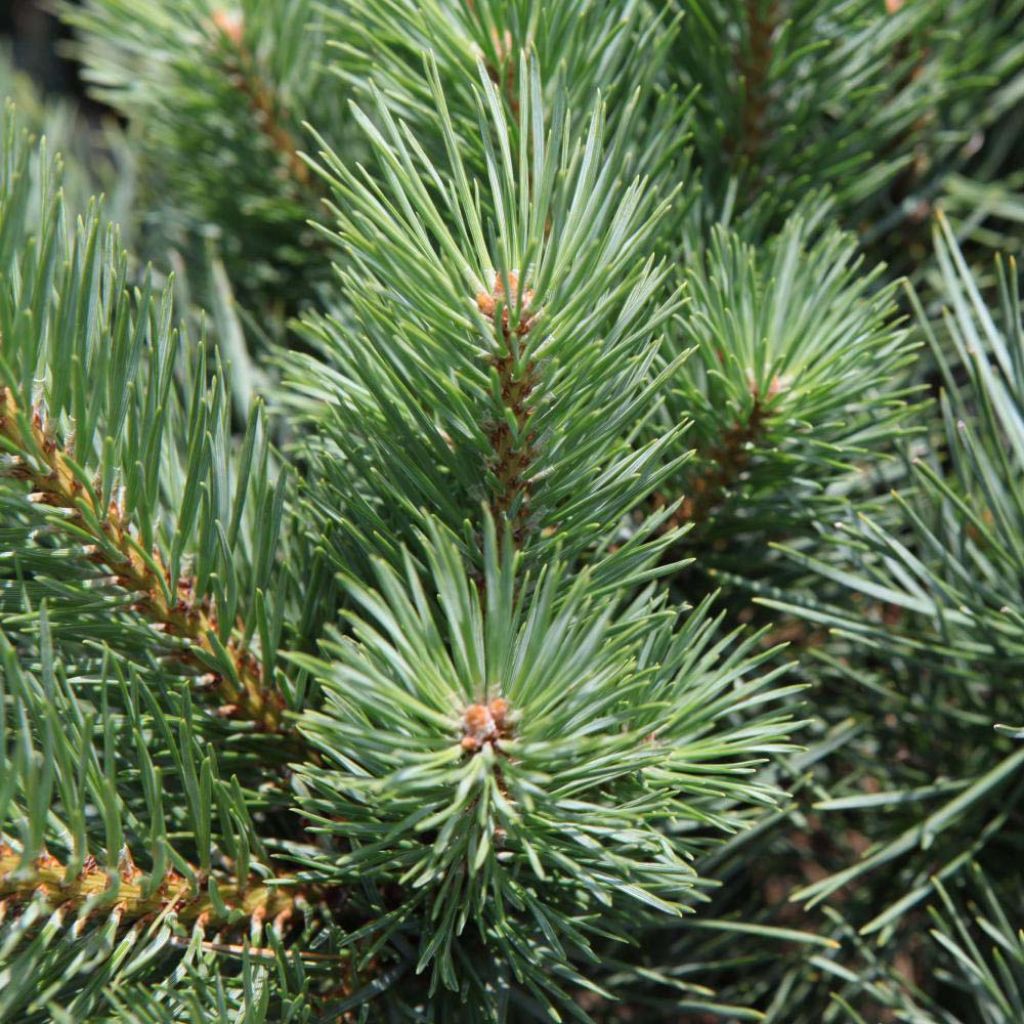

Pinus sylvestris Watereri - Scots Pine
Pinus sylvestris Watereri - Scots Pine
Pinus sylvestris Watereri
Scots Pine
Very beautiful small tree, about 30cm with a lovely trunk.
Fred, 15/10/2024
Special offer!
Receive a €20 voucher for any order over €90 (excluding delivery costs, credit notes, and plastic-free options)!
1- Add your favorite plants to your cart.
2- Once you have reached €90, confirm your order (you can even choose the delivery date!).
3- As soon as your order is shipped, you will receive an email containing your voucher code, valid for 3 months (90 days).
Your voucher is unique and can only be used once, for any order with a minimum value of €20, excluding delivery costs.
Can be combined with other current offers, non-divisible and non-refundable.
Home or relay delivery (depending on size and destination)
Schedule delivery date,
and select date in basket
This plant carries a 24 months recovery warranty
More information
We guarantee the quality of our plants for a full growing cycle, and will replace at our expense any plant that fails to recover under normal climatic and planting conditions.

Would this plant suit my garden?
Set up your Plantfit profile →
Description
Pinus sylvestris 'Watereri' is a dwarf form of Scots pine with a resemblance to a small parasol pine that will find its place in all gardens, including small ones. Clad in beautiful green-blue foliage and a decorative reddish-brown and scaly bark, more bushy than shrubby during its early years, it reveals itself over time, displaying a dense, wide and flattened crown carried by a branched trunk from the base or even several twisted trunks. It is an easy-to-grow variety, perfectly hardy, not demanding in well-drained soil, and drought-resistant once established. It requires sunlight to thrive harmoniously.
Pinus sylvestris, commonly known as Scots pine, is a conifer of the pine family, widely distributed throughout northern Europe and Asia Minor. It is a light-loving species, adapted to drought and extreme cold, tolerant of poor soils, but dreading limestone. This tree reaches 30m (98ft 5in) in height in its natural habitat, and generally has a rounded crown on a trunk with reddish-brown or vermilion bark. However, depending on its habitat, this pine takes on a very diverse habit.
The 'Watereri' variety, named after its breeder Anthony Waterer, is an English horticultural creation dating back to 1865 derived from this species. It is distinguished by its small size and irregular parasol habit. Its growth is slow, around 10cm (3.9in) per year, so that at maturity, it will reach an average of 2.50m (8ft 2in) in all directions, although it is sometimes wider than it is tall. During its youth, this small tree has a wide conical habit. As it ages, its habit widens considerably. It can be trained as a branched stem or shaped as a vine-plant by selecting several trunks on a young tree. It can also be easily shaped into clouds. Its branches, brown-grey in colour, are covered with needles of a green-blue colour, 4 to 7cm (1.6 - 2.8in) long. They are grouped in pairs, sheathed at the base and arranged in dense spirals around the branches. The young bark is finely scaly, brown-red in colour. It later takes on a salmon pink or reddish-orange colour on the branches and the top of the trunk of mature specimens. The lower part of the trunk is covered with a cracked bark of grey-brown colour. Its powerful taproot makes the transplantation of mature specimens somewhat delicate. The flowering takes place in May-June, in the form of male flowers in small yellow catkins grouped at the base of the shoots and small female flowers purple located on the terminal part of the branches. The fruits are ovoid cones, 3 to 5cm (1.2 - 2in) long, brown when ripe. They ripen after 2 years.
The 'Watereri' Scots pine is an easy-to-shape plant, which can easily be given a more or less cloudy, twisted or sheep-like appearance, a charming and easy-to-grow conifer that should be highlighted in isolation, at the edge of groves and in very large rockeries. It will find its place in all gardens, even the smallest ones, as its size is naturally reduced and its growth is slow. It does not require maintenance and adapts to a wide variety of soils, with the exception of highly calcareous or heavy and compact soils. It goes well with large stones, the geometric lines of swimming pools and masonry works. It can be associated with complementary grasses, sacred bamboos, or prostrate (Juniperus horizontalis 'Blue Chip'), globose (Picea abies 'Little Gem'), or columnar (Juniperus communis 'Sentinel') dwarf conifers. The real graphic qualities of conifers naturally impose themselves in the design of a contemporary garden, which prefers the aesthetics of shapes, silhouettes and textures to the waltz of blooms. These plants, with their reassuring permanence, structurally and durably shape a bed, mark the pathways, and border the terrace. The key is to play with volumes and colours.
Pinus sylvestris Watereri - Scots Pine in pictures
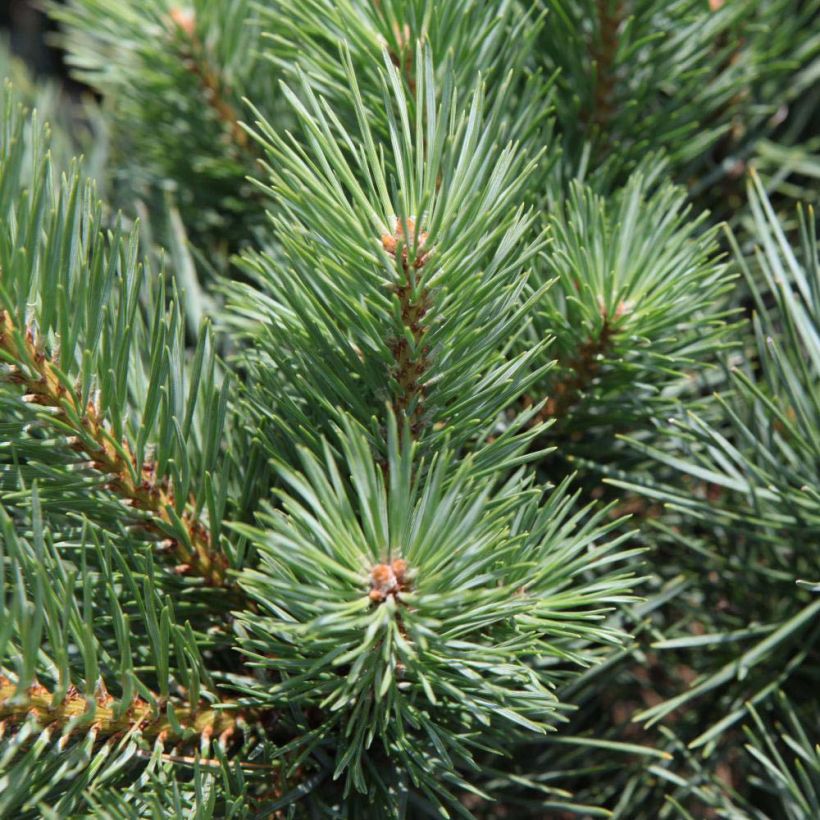

Plant habit
Flowering
Foliage
Botanical data
Pinus
sylvestris
Watereri
Pinaceae
Scots Pine
Cultivar or hybrid
Other Pinus - Pine
View all →Planting and care
Pinus sylvestris 'Watereri' should be planted from September to November and from February to June in ordinary but light soil, especially well-drained, close to neutrality, even poor and dry in summer. It prefers loose and light soils, sandy or loamy, with little limestone. Choose a sunny and well-cleared location. Soak the root balls well before planting. Add organic amendment at planting and water generously for the first three years, and in case of prolonged drought. In very poor soil, you can apply a special conifer fertilizer every 2 years in April. Hoe the soil in summer. This very hardy conifer (up to -40°C (-40 °F) at least) fears waterlogged, heavy and compact soils, and excessively alkaline soils. Pruning is not necessary, but it can tolerate it. Training pruning is done during the vegetative rest period, usually at the end of summer.
This pine is susceptible to pine processionary caterpillar, rot in overly wet soils, woolly aphids, and rust diseases.
Planting period
Intended location
Care
Planting & care advice
-
, onOrder confirmed
Reply from on Promesse de fleurs
Similar products
Haven't found what you were looking for?
Hardiness is the lowest winter temperature a plant can endure without suffering serious damage or even dying. However, hardiness is affected by location (a sheltered area, such as a patio), protection (winter cover) and soil type (hardiness is improved by well-drained soil).

Photo Sharing Terms & Conditions
In order to encourage gardeners to interact and share their experiences, Promesse de fleurs offers various media enabling content to be uploaded onto its Site - in particular via the ‘Photo sharing’ module.
The User agrees to refrain from:
- Posting any content that is illegal, prejudicial, insulting, racist, inciteful to hatred, revisionist, contrary to public decency, that infringes on privacy or on the privacy rights of third parties, in particular the publicity rights of persons and goods, intellectual property rights, or the right to privacy.
- Submitting content on behalf of a third party;
- Impersonate the identity of a third party and/or publish any personal information about a third party;
In general, the User undertakes to refrain from any unethical behaviour.
All Content (in particular text, comments, files, images, photos, videos, creative works, etc.), which may be subject to property or intellectual property rights, image or other private rights, shall remain the property of the User, subject to the limited rights granted by the terms of the licence granted by Promesse de fleurs as stated below. Users are at liberty to publish or not to publish such Content on the Site, notably via the ‘Photo Sharing’ facility, and accept that this Content shall be made public and freely accessible, notably on the Internet.
Users further acknowledge, undertake to have ,and guarantee that they hold all necessary rights and permissions to publish such material on the Site, in particular with regard to the legislation in force pertaining to any privacy, property, intellectual property, image, or contractual rights, or rights of any other nature. By publishing such Content on the Site, Users acknowledge accepting full liability as publishers of the Content within the meaning of the law, and grant Promesse de fleurs, free of charge, an inclusive, worldwide licence for the said Content for the entire duration of its publication, including all reproduction, representation, up/downloading, displaying, performing, transmission, and storage rights.
Users also grant permission for their name to be linked to the Content and accept that this link may not always be made available.
By engaging in posting material, Users consent to their Content becoming automatically accessible on the Internet, in particular on other sites and/or blogs and/or web pages of the Promesse de fleurs site, including in particular social pages and the Promesse de fleurs catalogue.
Users may secure the removal of entrusted content free of charge by issuing a simple request via our contact form.
The flowering period indicated on our website applies to countries and regions located in USDA zone 8 (France, the United Kingdom, Ireland, the Netherlands, etc.)
It will vary according to where you live:
- In zones 9 to 10 (Italy, Spain, Greece, etc.), flowering will occur about 2 to 4 weeks earlier.
- In zones 6 to 7 (Germany, Poland, Slovenia, and lower mountainous regions), flowering will be delayed by 2 to 3 weeks.
- In zone 5 (Central Europe, Scandinavia), blooming will be delayed by 3 to 5 weeks.
In temperate climates, pruning of spring-flowering shrubs (forsythia, spireas, etc.) should be done just after flowering.
Pruning of summer-flowering shrubs (Indian Lilac, Perovskia, etc.) can be done in winter or spring.
In cold regions as well as with frost-sensitive plants, avoid pruning too early when severe frosts may still occur.
The planting period indicated on our website applies to countries and regions located in USDA zone 8 (France, United Kingdom, Ireland, Netherlands).
It will vary according to where you live:
- In Mediterranean zones (Marseille, Madrid, Milan, etc.), autumn and winter are the best planting periods.
- In continental zones (Strasbourg, Munich, Vienna, etc.), delay planting by 2 to 3 weeks in spring and bring it forward by 2 to 4 weeks in autumn.
- In mountainous regions (the Alps, Pyrenees, Carpathians, etc.), it is best to plant in late spring (May-June) or late summer (August-September).
The harvesting period indicated on our website applies to countries and regions in USDA zone 8 (France, England, Ireland, the Netherlands).
In colder areas (Scandinavia, Poland, Austria...) fruit and vegetable harvests are likely to be delayed by 3-4 weeks.
In warmer areas (Italy, Spain, Greece, etc.), harvesting will probably take place earlier, depending on weather conditions.
The sowing periods indicated on our website apply to countries and regions within USDA Zone 8 (France, UK, Ireland, Netherlands).
In colder areas (Scandinavia, Poland, Austria...), delay any outdoor sowing by 3-4 weeks, or sow under glass.
In warmer climes (Italy, Spain, Greece, etc.), bring outdoor sowing forward by a few weeks.






























